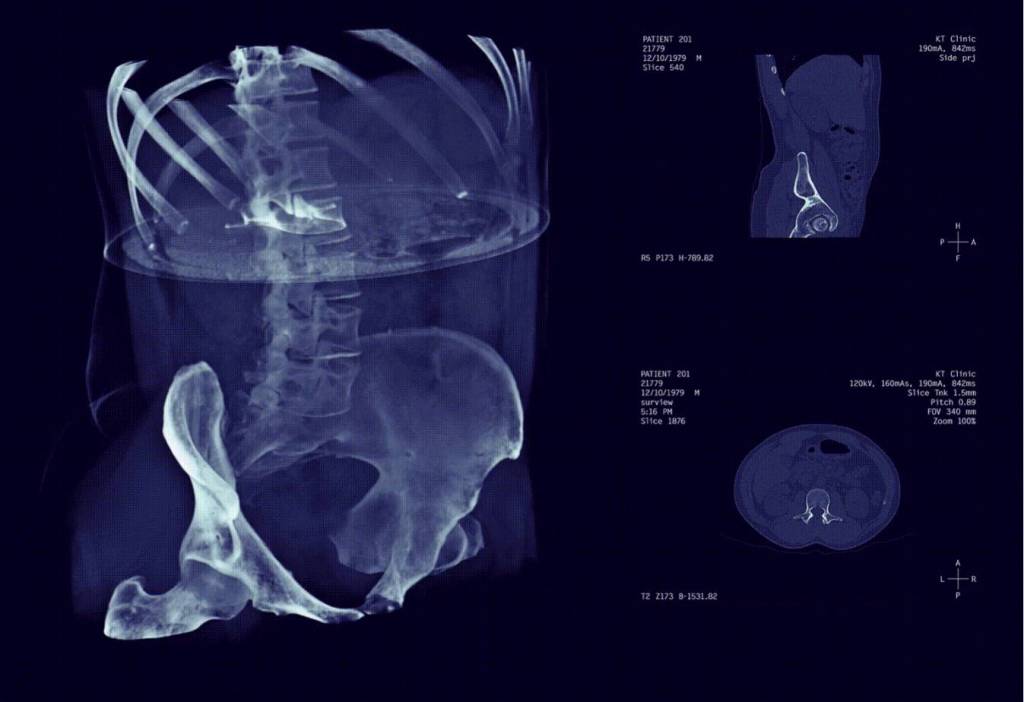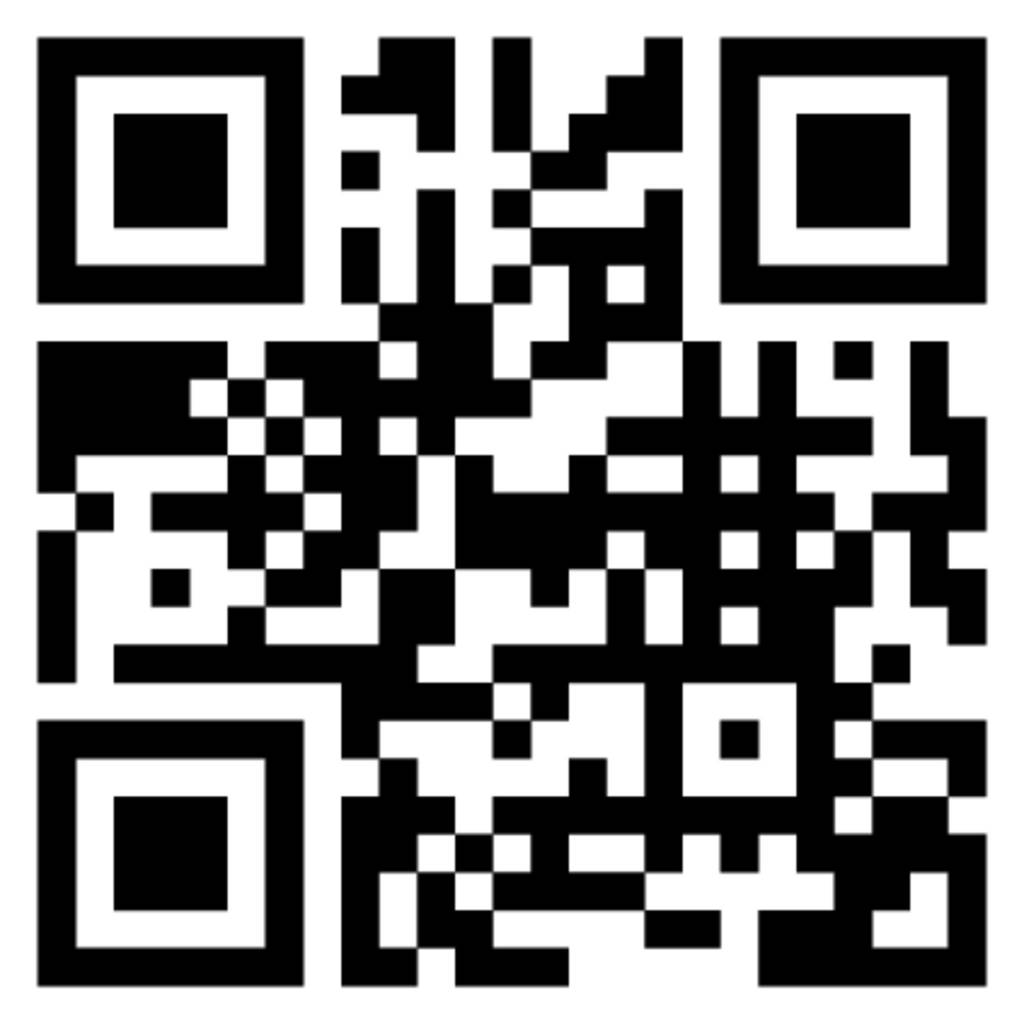
What was the idea that initiated the foundation of your company?
Our founders met in Israel’s elite Talpiot military program while working on AI. When they entered civilian life, they knew they wanted to apply the AI skills they’d learned to medicine. After meeting with hospitals and doctors, they saw both that radiology could benefit from AI and that the technology could be created today. At Aidoc, we want to make AI the new standard of care for radiology worldwide, helping improve patient outcomes and saving lives.

What is the question your technology is the answer for?
Hospitals take more patient scans and images every year, but the number of radiologists to interpret them is staying the same. Aidoc’s AI is a force multiplier, helping radiologists to be more effective. Our first solutions focused on time-critical conditions like pulmonary embolism and brain hemorrhages, where AI-powered prioritization and flagging can be the difference between life and death. Aidoc cuts the time from scan to diagnosis for some patients from hours to under five minutes, speeding up treatment and improving prognosis for patients with urgent conditions.
What makes your company unique?
Aidoc works within existing workflows, so it’s easy to install and doesn’t force radiologists to change the way they work. Aidoc’s four FDA clearances and four CE marks, with more coming, demonstrate the solution’s safety and effectiveness. We’re also committed to ongoing medical research on our technology’s impact, to ensure that AI is really giving value to patients in a clinical setting.

